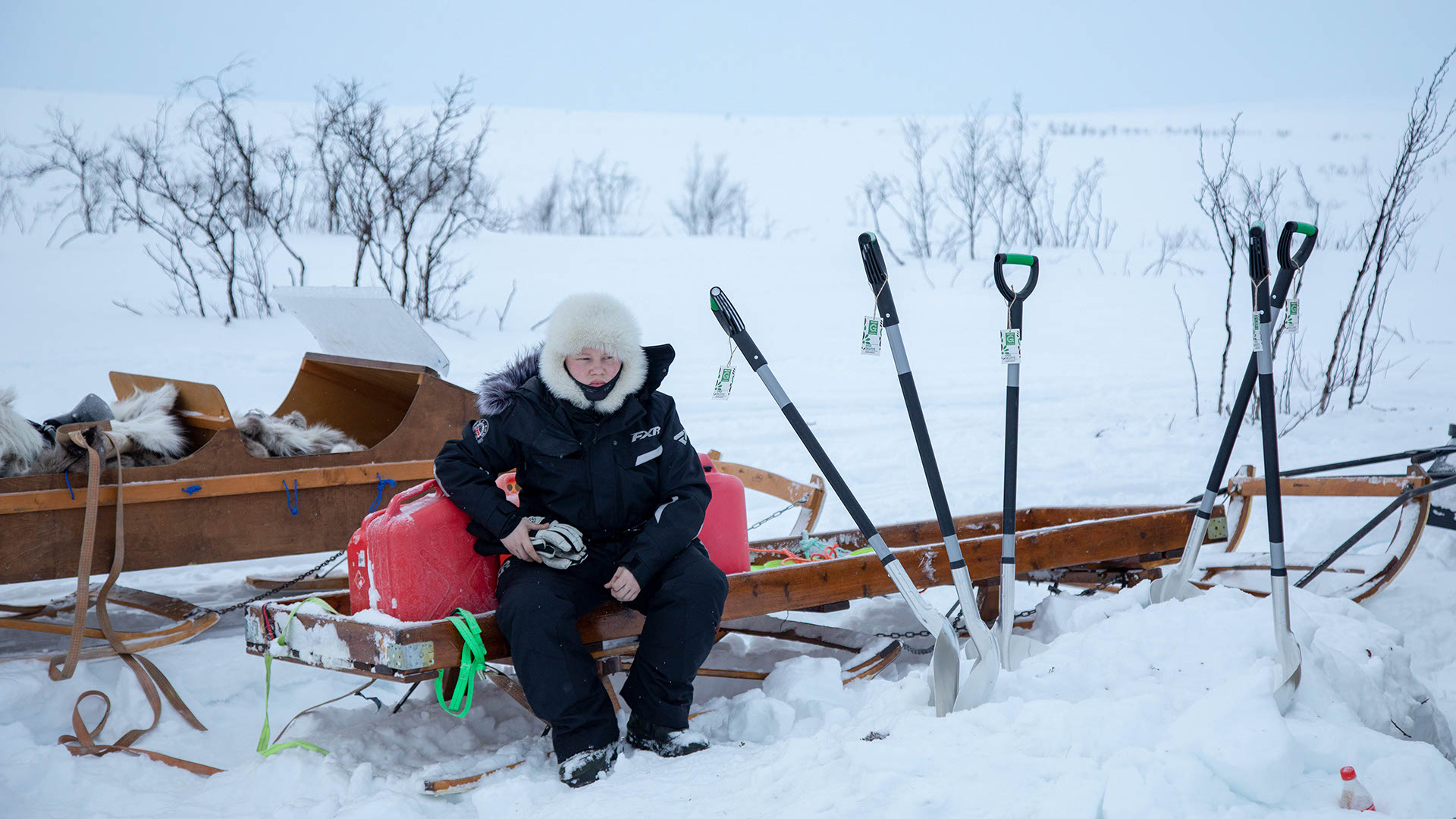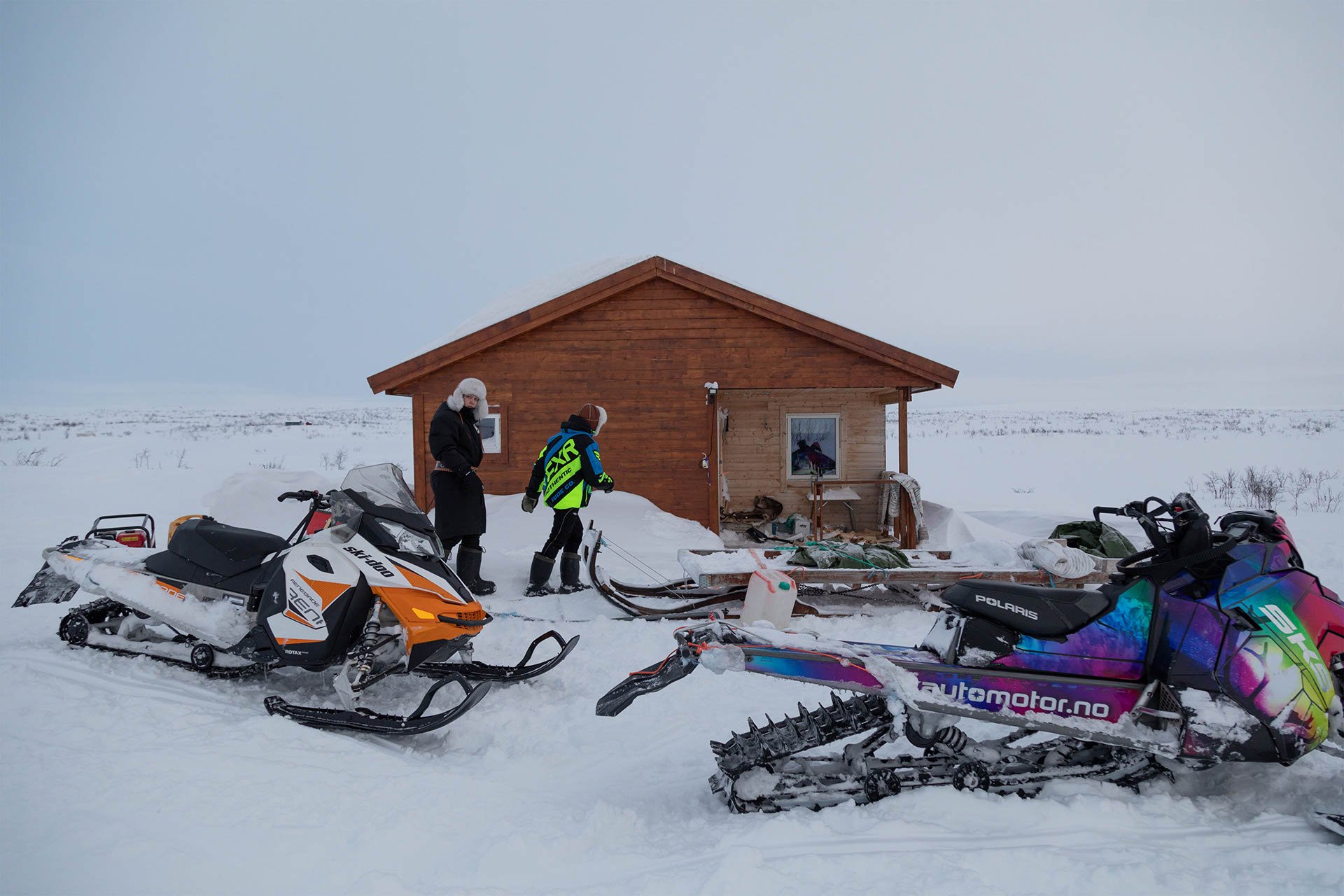CultureNorway

Culture / Norway
Story by Logan Turner, Fabian Fröhlich and Maria Jose Athie Martinez
For thousands of years, the Sámi people have lived off the land — fishing, hunting and, for many families, herding reindeer. In Norway, they are a small minority and have had to fight to maintain their culture and languages. Education has often been used as a way to force Indigenous communities to assimilate. But there is an effort to build a stronger education system for Sámi people — one that respects their traditional values.
The Global Reporting Program travelled to Norway in February 2020, just before travel restrictions were imposed in response to the coronavirus pandemic. The team met with educators, politicians, parents and students to look at how they were working to change the path for Sámi students. Our story begins above the Arctic Circle in Norway.
